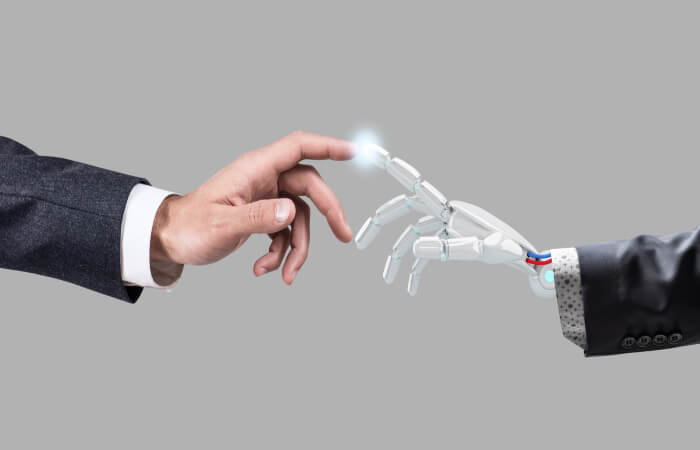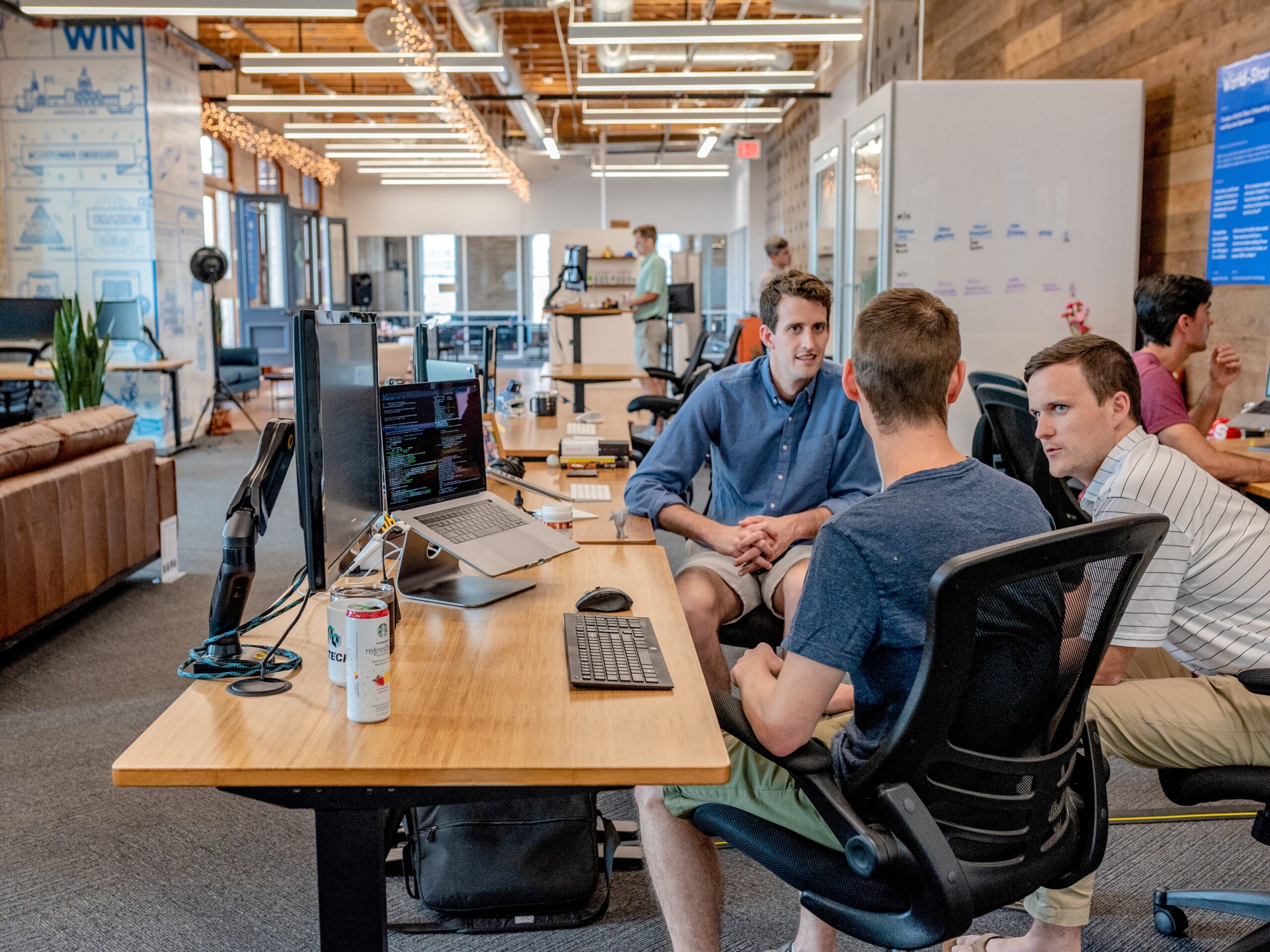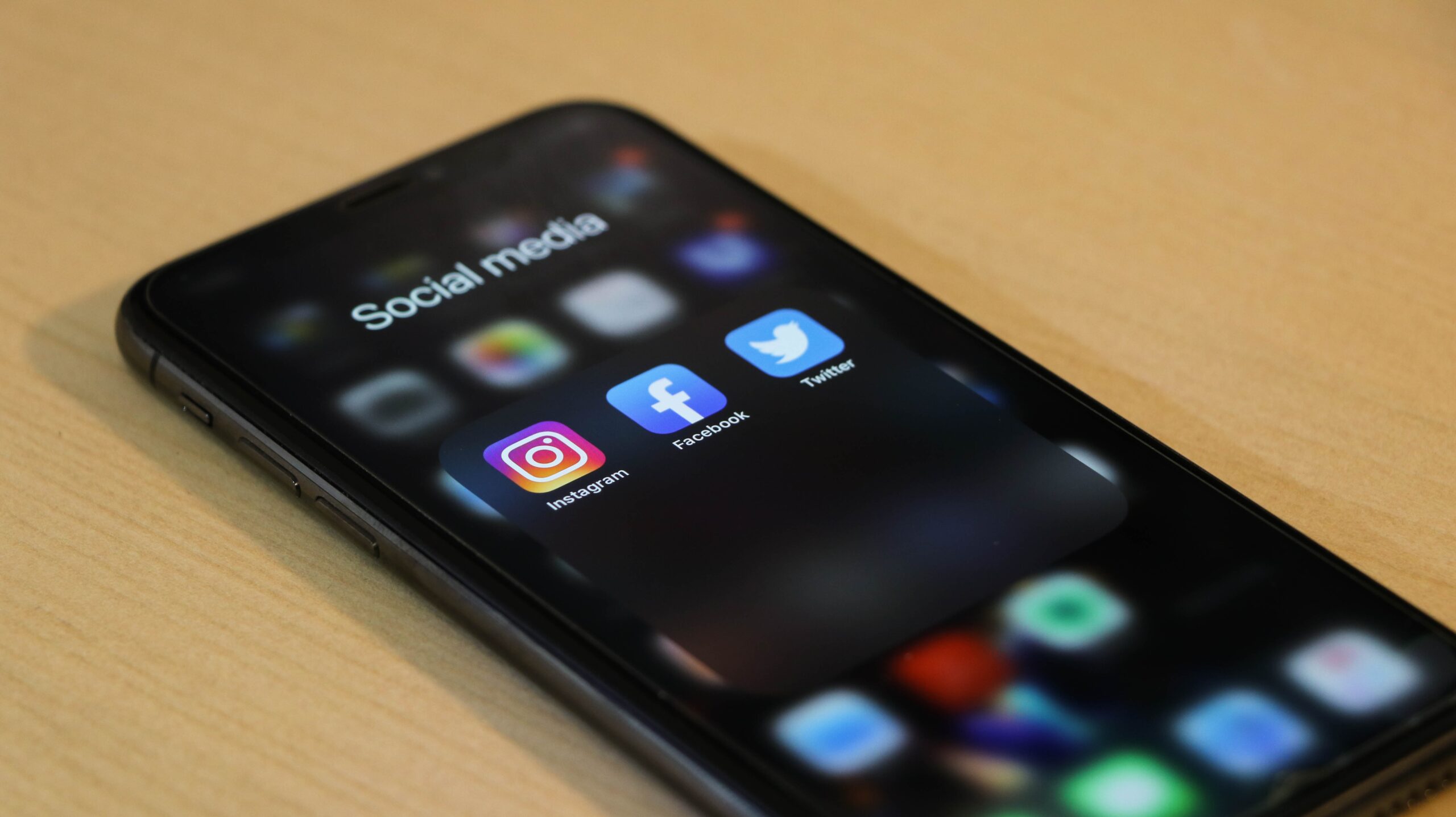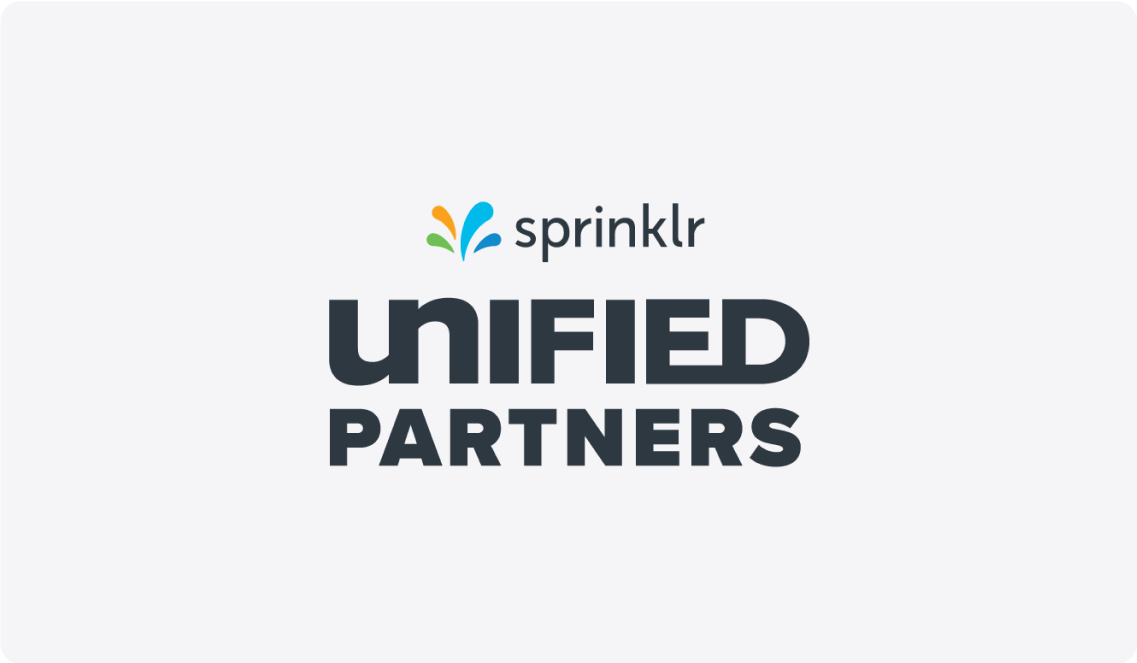
in the news
Social Factor and Meltwater Announce Partnership Agreement

The rapid advancement of language-based technology like ChatGPT has generated a significant level of uncertainty in the social media industry. But people are, and always will be, fundamentally different than AI in ways that ensure we will never be obsolete.
In times of constant change, it’s crucial to remember what remains constant: in a world of digital chaos, we need human connection.

Social Factor has long focused on turning Digital Chaos into Human Connection – an apt description of both today’s environment and the reason AI will not replace people.
First, Digital Chaos. While everything from enterprise software platforms to digital cameras have been using elements of AI for years already, we have now entered a completely different level of disruption. In our own industry, Sprinklr just announced that their platform integrates ChatGPT for publishing, engagement and reporting.
However, these changes don’t implement themselves. Especially in large enterprises, there are too many moving parts, and the stakes are too high, to risk implementing even the most exciting new technologies without adequate planning and ongoing optimization.
With new potential for the use of AI for content generation, A/B testing, engagement, and reporting, both its advantages and limitations need to be appropriately addressed. Where AI does the job, use it. Where AI falls short, have systems and teams in place to detect that and augment appropriately.

Which brings me to the second part of Social Factor’s focus – Human Connection. For the past 11 years, Social Factor has engaged with brand communities ranging from local salons to the world’s largest social media platforms. Some of the work is monotonous. Robotic, perhaps? But the greatest value is created when a human needs, and connects with, another human.
But that’s the fear, right? Is Human-to-ChatGPT good enough? Do people just need AI that can predict what we’d probably say to each other to tell them what they need to hear? Or will there be any time left where a human needs a human — especially when that interaction is mediated by a digital interface?
The answer, I believe, is an emphatic, resounding Yes! People need people. Always have, and always will. There are plenty of times when a simple, even robotic answer will suffice to provide a requested piece of information, but at our core, humans are much more than Large Language Models.
Do you need people to help you navigate this new AI landscape? We’d love to help lead the way!

Social Factor and Meltwater Announce Partnership Agreement

Social Factor Partners with Emplifi to Fuel the Social Commerce Wave

Social Factor Signs Agency Partnership Agreement with Emplifi

Is Content Curation the Right Strategy for Big Brands?

How to Become a Social Media Moderator

Building Brand Love: Common Mistakes to Avoid

How to Measure the Impact of Influencer Campaigns

Agency Perspectives: On Becoming a Trusted Resource

How to Navigate The Uncharted Waters of Major Imploding Platforms

Social Factor Extends Partnership with Sprinklr